The Top 8 Chinese Culinary Techniques
Over the course of thousands of years of history, cooking has gradually evolved to become a practical discipline that combines art, science and technology. Chinese cuisine, as one of the three great culinary traditions of the world, has achieved a very important position in the global culinary panorama. Chinese food culture has distinctive ethnic characteristics and deep oriental charm, which has led China to be known as the "Kingdom of Cuisine", with a large number of Chinese restaurants emerging around the world.
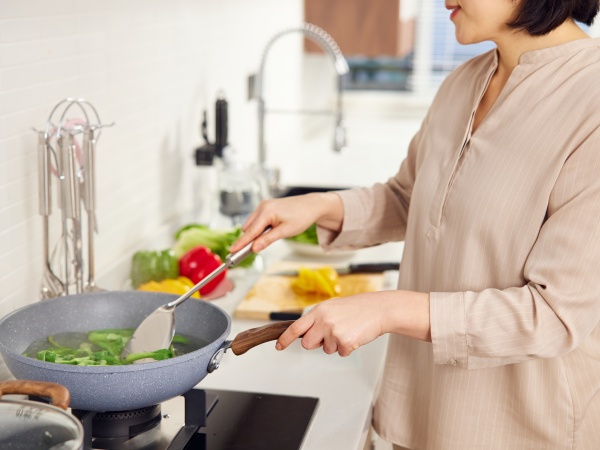
After thousands of years of development, Chinese cuisine has developed a variety of cooking techniques. Below are eight common Chinese cooking techniques:
1.Boiling (煮)
Boiling is a basic culinary technique to soften the ingredients. Typically, ingredients are placed in water and heated to boiled, then the heat is reduced to keep the water temperature within a specific range until the ingredients are cooked.
Boiling can be applied to nearly all ingredients, especially vegetables. In a Chinese family meal, you will always find the dish of boiled green-leaf vegetable.
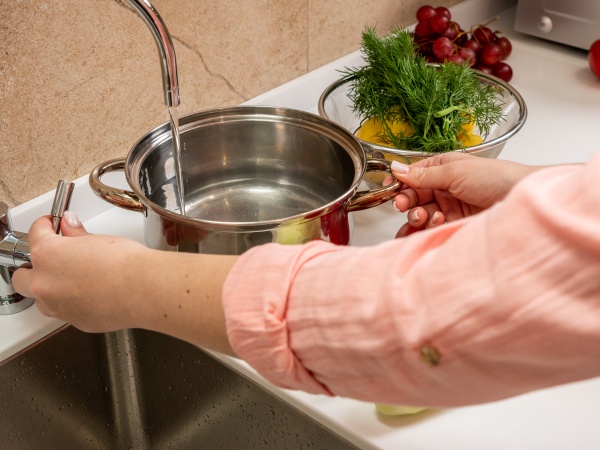
2.Steaming (蒸)
Steaming is an efficient way to tenderize the ingredients. Chinese use a steaming pot of two layers: ingredients are put in the upper layer and water in the lowest. They boil the water and let the hot steam goes through the holes under the upper layer to heat the ingredients.
Steaming technique can be applied to meat, fish, seafood, etc. Chinese also use this method to cook cereal products like buns and stuffed buns.
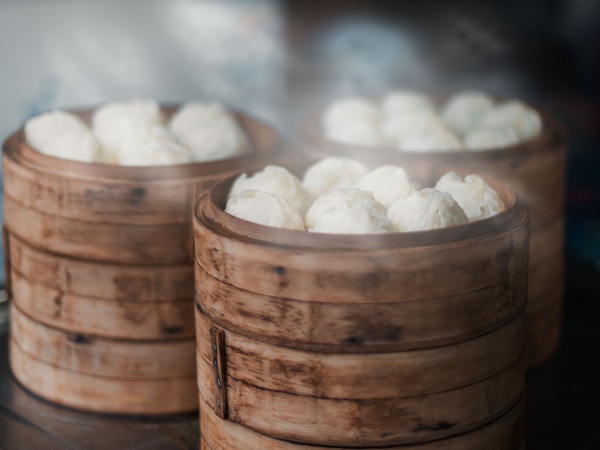
3.Roasting (烤)
Roasting is to dry or flavor the ingredients. Typically, ingredients are placed on a grill or in an oven and heated with hot air so that the surface of the ingredients is heated, achieving a drying or flavoring effect.
Roasting can be applied to a variety of ingredients, including meat, fish, vegetables, mushrooms, etc.
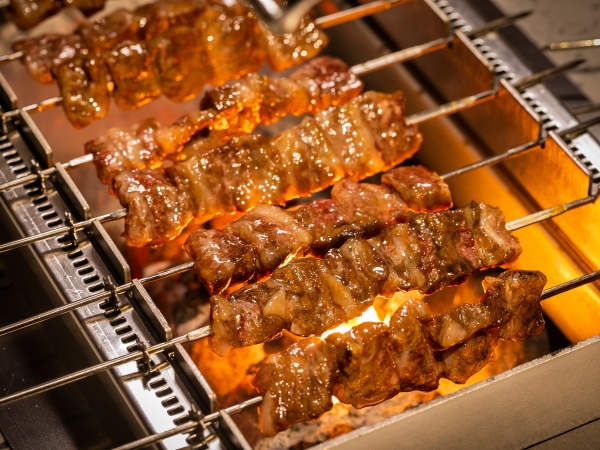
4.Stir-frying (炒)
Stir-frying is commonly used to cook cut ingredients. Chinese use a large black pan, which also known as a “wok”, to fry ingredients. They put ingredients and moderate amount of oil into the wok, heat them together over medium or high heat and stir them continually and quickly until cooked.
Stir-frying is considered a healthy cooking method for ingredients are cooked in a short time and more nutrition is preserved.
Stir-frying can be applied to meat and vegetables.
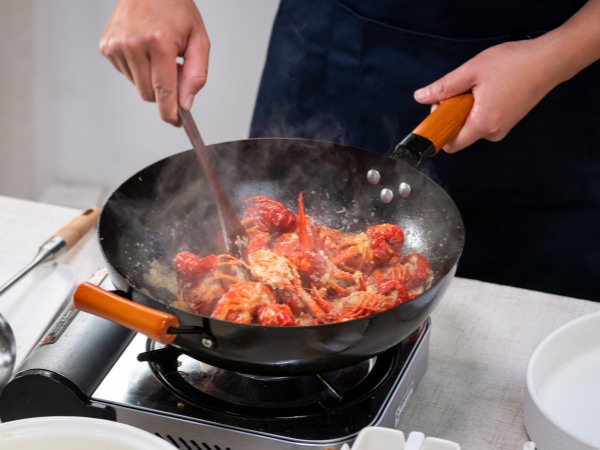
5.Deep-frying (炸)
Deep-frying is to make the surface of the ingredient crispy. Like stir-frying, the ingredients and oil are placed in a wok and heated. The differences in deep-frying are more oil is added to drown all ingredients, and the heat must be high enough to make the ingredients crispy.
Deep-frying is considered unhealthy cooking method, for more oil is used. Today, more and more Chinese use other kitchen wares, such as an air fryer, for deep-frying.
Deep-frying can be applied for meat and fish.
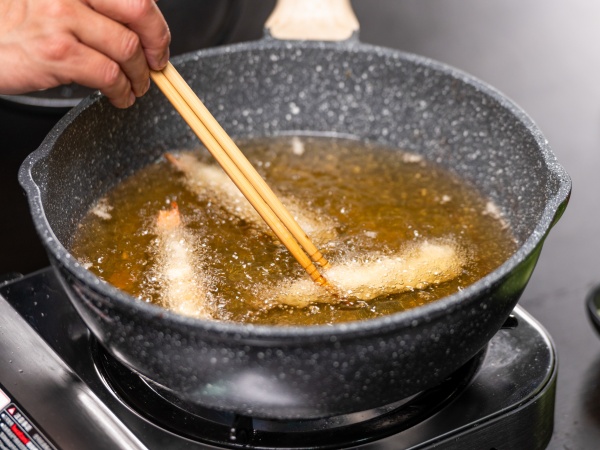
6.Light-frying (煎)
Light-frying is to make ingredients crispy. Although it sounds alike stir- and deep-frying, but Chinese use much less oil and the lowest heat while light-frying. Generally, ingredients are heated slowly and gradually to create an aromatic flavor with more moisture and nutrition preserved.
Light-frying can be applied to ingredients like meat, fish, tofu, etc.
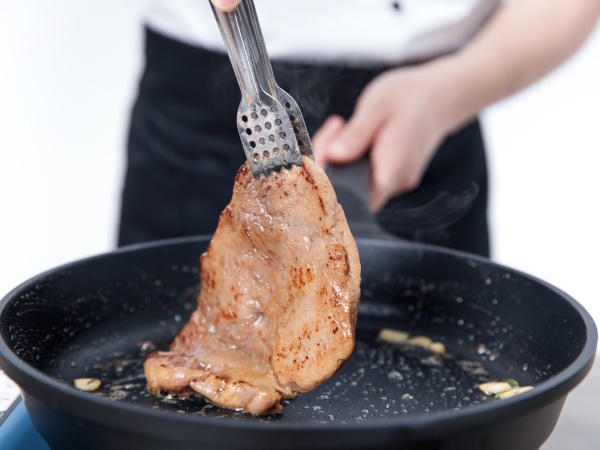
7.Braising (焖)
Braising is to cook multiple ingredients together. Typically, the ingredients are placed in a pan with medium quantity of water added (the water should not overflow the ingredients). Then they use strong heat to boil the water. After the water is boiled, the heat must be dropped to the lowest immediately in order to heat the ingredient slowly.
Braising usually applied to cook meat dishes, like pork, beef and lamb dishes.
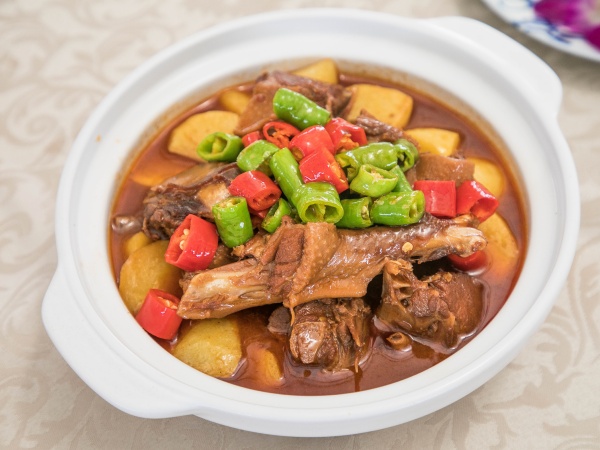
8.Stewing (炖)
Chinese use a heavy and thick ceramic pot for stewing, because this type of pot allows ingredients to be heated evenly. Typically, the ingredients are placed in the pot with large quantity of water added (all ingredients must be drown). Like Braising, the heat is dropped to lowest after boiled the water. Then the ingredients are slowly heated and softened. The whole process may last 1-2 hours.
Stewing is applied to hard ingredients, like pork bones, beef tendon, etc.
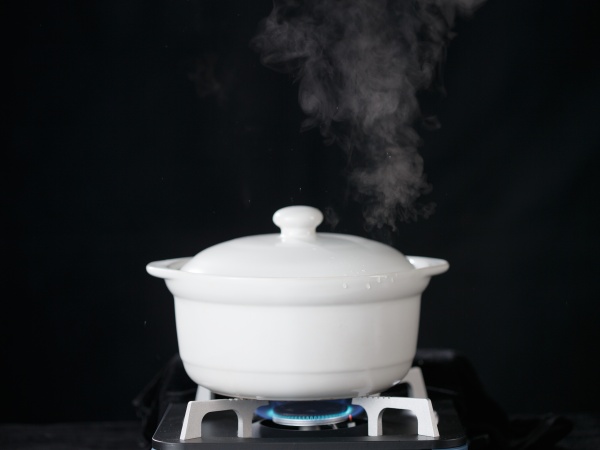
These eight cooking techniques are the most common in Chinese cuisine, and each can be applied to different ingredients to obtain different textures and flavors.













